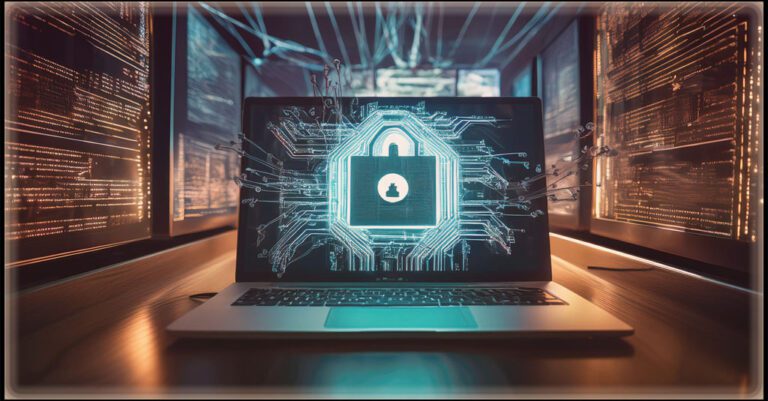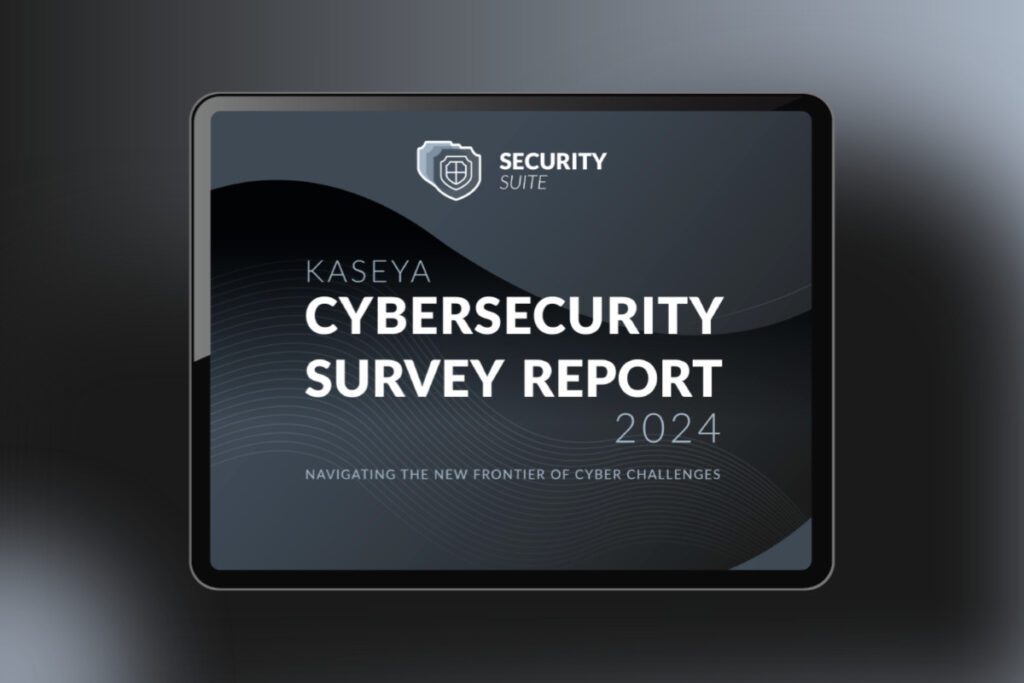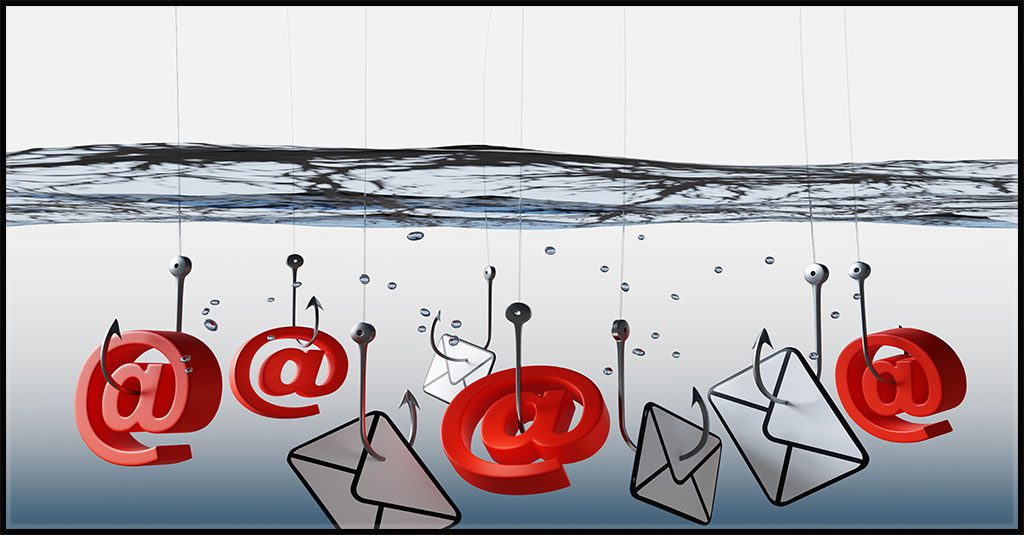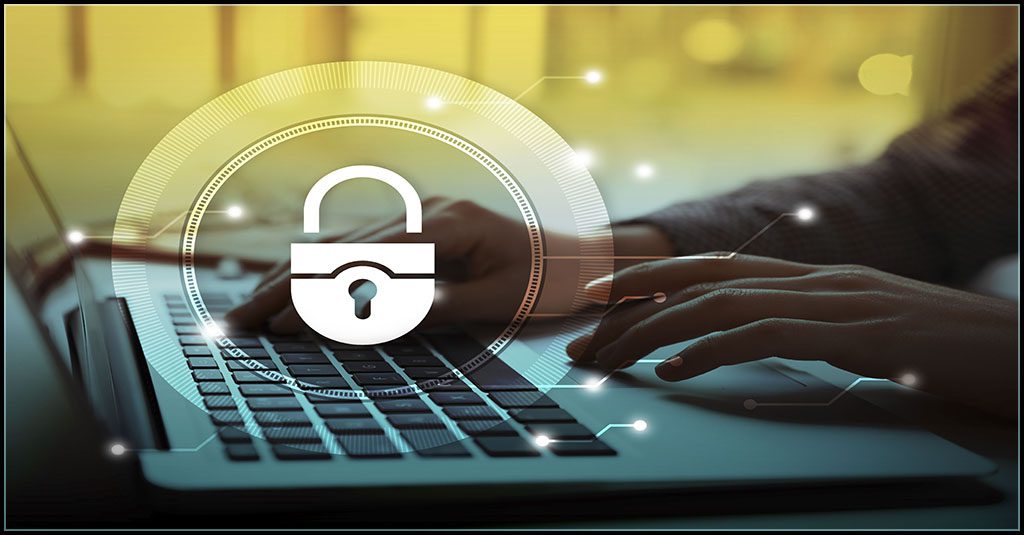Investments in Ransomware Resilience Are Paying Off

The findings from the Kaseya Cybersecurity Survey Report 2024 reveal a promising trend: increased investments in cybersecurity are yielding significant positive results. Notably, organizations have experienced a marked reduction in the frequency and impact of ransomware attacks. This shift can be attributed to the adoption of advanced tools and strategies that enhance defenses, allowing businesses to prevent breaches and mitigate damage effectively when they occur. Key insights about internal IT professionals’ experiences with ransomware at their organizations highlight how defensive upgrades are empowering businesses to mitigate the impact of ransomware.
Download the Kaseya Cybersecurity Survey Report 2024. GET IT NOW>>
Fewer businesses are paying ransoms
Increased investments in cybersecurity are showing positive results, with 56% of this year’s survey respondents reporting no ransomware attacks. This result signals that businesses can effectively mitigate risk by leveraging advanced tools and strategies. However, 44% of respondents fell victim to ransomware and faced the difficult decision of whether or not to pay a ransom. Many organizations have heeded expert advice against paying cyber extortionists, with only 11% choosing to do so after an attack. This growing resistance, driven by high costs and ethical concerns, highlights a broader focus on preventative measures and non-payment strategies.
Were you the victim of a ransomware attack?
| Yes | 44% |
| No | 56% |
Source: Kaseya Cybersecurity Survey Report 2024
If you were a victim of a ransomware attack, did you pay the ransom?
| Answer | % Responses |
| Yes | 11% |
| No | 26% |
| I don’t know | 7% |
| We did not experience an attack | 56% |
Source: Kaseya Cybersecurity Survey Report 2024

See the cybersecurity challenges that IT professionals faced in 2024, including the rise of AI and what’s next. DOWNLOAD IT>>
Businesses that are paying ransoms are paying more
Organizations that chose to pay the ransom paid much more this year than they would have in 2023. There was a sharp increase in respondents indicating that their organization paid a ransom of $50,000. In 2023, just 6% of survey respondents said that their organization paid a ransom of $50,000 or more, but in 2024, the percentage jumped to 21%. The decline in smaller ransom payments suggests that as companies enhance their defenses, enabling them to thwart more ransomware attacks, bad actors are turning to higher ransom demands in successful attacks for revenue.
Thinking about the ransomware attack you experienced, what was the cost of the ransom?
| Cost of ransom | 2024 | 2023 |
| $50,000 or more | 21% | 6% |
| $10,000 to less than $50,000 | 17% | 21% |
| $1,000 to less than $10,000 | 20% | 34% |
| Less than $1,000 | 12% | 30% |
| Don’t know/Declined | 30% | 9% |
Source: Kaseya Cybersecurity Survey Report 2024

Take a deep dive into why an AI-powered anti-phishing solution is a smart financial choice. GET EBOOK>>
Paying the ransom doesn’t guarantee getting all the data back
Companies that chose not to pay the ransom took various paths to recovery. Most respondents (44%) were able to perform a full recovery. Only 13% of the IT professionals that we surveyed said that their organization had to start over from scratch after falling victim to ransomware. This reflects a growing trend toward robust backup and recovery strategies, implying increased investment in comprehensive backup solutions to mitigate ransomware impact.
Which of the following best describes the actions you took after paying the ransom?
| Responses | |
| We were able to successfully decrypt our data | 69% |
| We were able to decrypt some of our data | 27% |
| We were unable to decrypt our data and lost it completely | 4% |
Source: Kaseya Cybersecurity Survey Report 2024

Learn how to minimize phishing risk with AI & automation in The Anti-phishing Email Security Buyer’s Guide GET IT>>
Forward thinking promotes a fast recovery
IT professionals are feeling confident about their organization’s ability to recover from a ransomware attack. The impact of ransomware attacks has markedly decreased. Only 7% of our 2024 respondents said they believe a ransomware attack would have an extreme impact on their organization, down from 17% in 2023. Those expecting only a “minimal impact” rose from 28% to 33%. Overall, this suggests increased confidence in ransomware preparedness, with more organizations banking on their incident response and recovery plans to ensure less severe consequences if an attack occurs.
Which of the following best describes the actions you took after declining to pay the ransom?
| Action | 2024 |
| Performed DR and restored everything from full backups | 44% |
| Restored a portion of the systems, and reinstalled and reconfigured the rest | 17% |
| Reinstalled and reconfigured all of our systems from scratch | 13% |
| No action was needed | 26% |
Source: Kaseya Cybersecurity Survey Report 2024

Learn to defend against today’s sophisticated email-based cyberattacks DOWNLOAD EBOOK>>
Ransomware preparedness reduces its impact
We suspect IT professionals are feeling good about the defenses they’ve put in place. Respondents view phishing and ransomware as moderate risks, with 43% considering phishing “somewhat likely” to occur in the next 12 months and 36% viewing ransomware the same way. This suggests not only awareness of these threats but also confidence in current security measures, leading to a lower perceived likelihood of successful attacks. Overall, while confidence in security measures is high, vigilance remains crucial.
If a successful ransomware attack on your business were to occur, how much impact do you think it would have?
| Severity of Impact | 2024 | 2023 |
| Extreme impact – it would be difficult to recover | 7% | 17% |
| Significant impact | 56% | 53% |
| Minimal impact | 33% | 28% |
| No impact | 4% | 2% |
Source: Kaseya Cybersecurity Survey Report 2024

Learn how to identify and mitigate malicious and accidental insider threats before there’s trouble! GET EBOOK>>
Defense tactics mitigate fear of phishing and ransomware attacks
We suspect IT professionals are feeling good about the defenses they’ve put in place. Phishing and ransomware are viewed as moderate risks by respondents, with 43% considering phishing “somewhat likely” to take place in the next 12 months, and 36% viewing ransomware the same way. This suggests not only awareness of these threats but also confidence in current security measures, leading to a lower perceived likelihood of successful attacks. Overall, while confidence in security measures is high, vigilance remains crucial.
What do you believe is the likelihood that your organization will experience a successful phishing attack in the next 12 months?
| Likelihood of falling victim to a phishing attack | Response |
| Extremely likely | 8% |
| Very likely | 17% |
| Somewhat likely | 43% |
| Not very likely | 27% |
| Not at all likely | 5% |
Source: Kaseya Cybersecurity Survey Report 2024
What do you believe is the likelihood your organization will experience a successful ransomware attack in the next 12 months?
| Likelihood of falling victim to a ransomware attack | Response |
| Extremely likely | 3% |
| Very likely | 12% |
| Somewhat likely | 36% |
| Not very likely | 41% |
| Not at all likely | 9% |
Source: Kaseya Cybersecurity Survey Report 2024

In The Educator’s Guide to Cybersecurity, see the cyber threats that schools face & how to mitigate them. DOWNLOAD IT>>
Businesses must continue prioritizing proactive action and investment
With 56% of organizations reporting no ransomware attacks, it’s clear that strategic investments in cybersecurity are making a difference. The findings from the Kaseya Cybersecurity Report 2024 underscore the fact that companies are starting to realize that if they make preparations to prevent or survive a ransomware attack, those investments pay off in the end. However, the fact that 44% of respondents are still facing the threat of ransomware highlights the ongoing adversity that IT professionals face in keeping businesses safe from ransomware.
IT professionals aren’t under any illusion that their ransomware-related challenges will go away anytime soon. Looking forward, 51% of IT professionals believe that their organization is at least somewhat likely to be hit by ransomware in the next 12 months, and 68% of respondents believe they may encounter a phishing attack in the next 12 months. Our survey results make it clear that when businesses implement advanced tools and enact proactive strategies to enhance their defenses, the increased cyber resilience makes a difference when facing a cyberattack like ransomware.

See why choosing a smarter SOC is a smart business decision. DOWNLOAD AN EBOOK>>
A strong defense against cyberthreats starts with strong solutions
Our cybersecurity solutions offer the tools that MSPs and internal IT teams need to mitigate cyber-risk for businesses quickly and affordably.
BullPhish ID – This effective, automated security awareness training and phishing simulation solution provides critical training that improves compliance, prevents employee mistakes and reduces a company’s risk of being hit by a cyberattack.
Dark Web ID – Our award-winning dark web monitoring solution is the channel leader for good reason. It provides the greatest amount of protection around with 24/7/365 human- and machine-powered monitoring of business and personal credentials, including domains, IP addresses and email addresses.
Graphus – This automated anti-phishing solution uses AI and a patented algorithm to catch and quarantine dangerous messages. It learns from every organization’s unique communication patterns to continuously tailor protection without human intervention. Best of all, it deploys in minutes to defend businesses from phishing and email-based cyberattacks, including zero day, AI-created and novel threats.
Book a demo of BullPhish ID, Dark Web ID and Graphus. BOOK IT>>

Read our case studies and see how MSPs and businesses have benefitted from using our solutions. READ NOW>